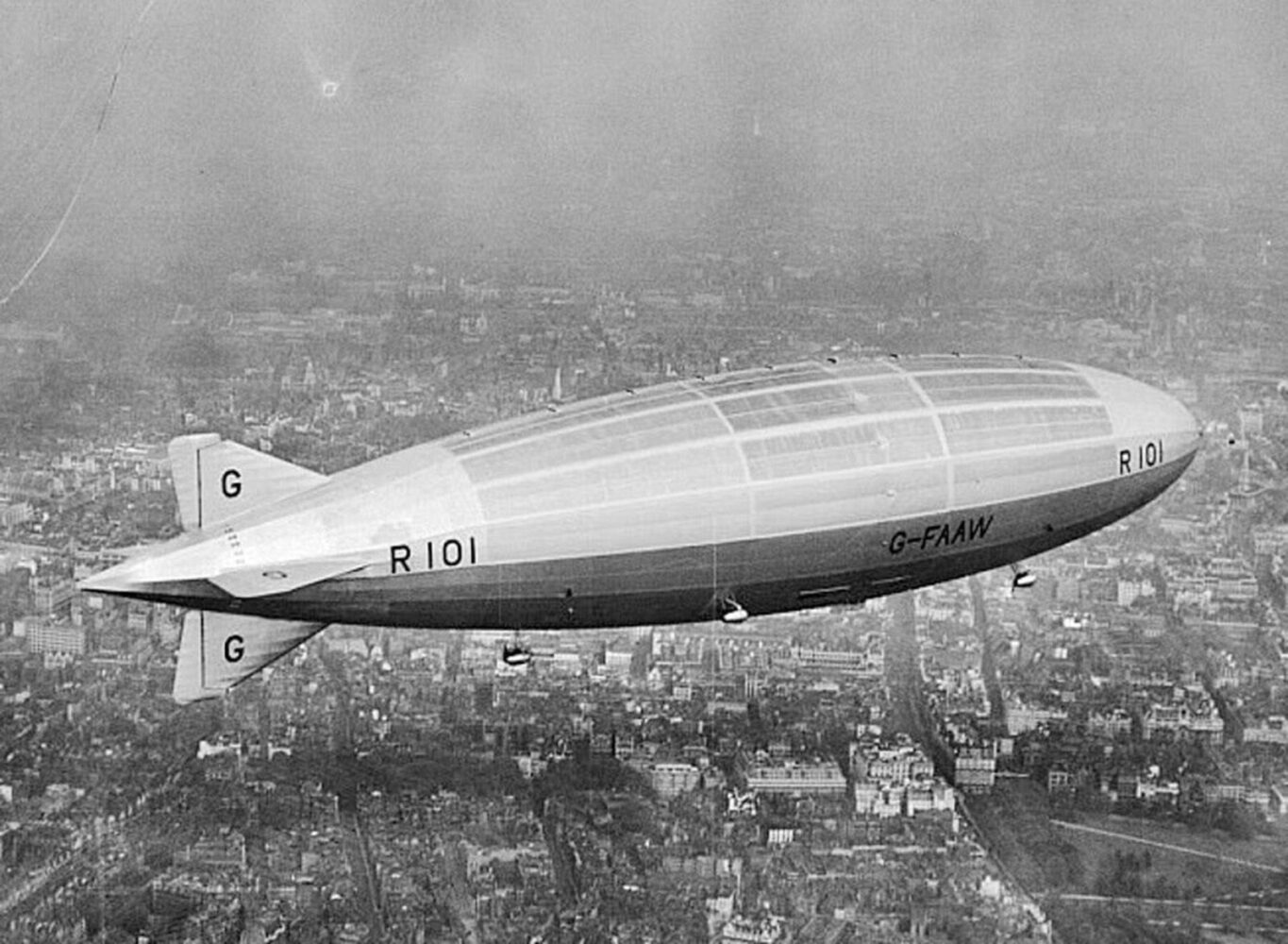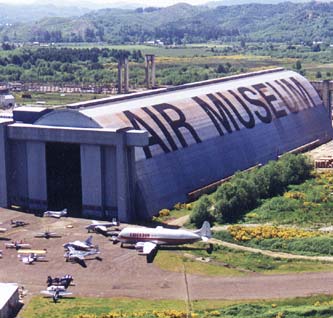
We’re just past the anniversary of the May 6, 1937 crash of the Hindenburg. The zeppelin – or rigid airship – famously met its demise in Lakehurst, New Jersey, killing 36 people; 13 passengers, 22 crewmembers, and one worker on the ground.
But when you read S.C. Gwynne’s new book, His Majesty’s Airship: The Life and Tragic Death of the World’s Largest Flying Machine, you’ll wonder why zeppelins were still flying by that time at all.
Gwynne’s book is about the R101, a 777-foot-long zeppelin that crashed in 1930.
At that time it was the largest, most technologically sophisticated, and most expensive aircraft ever to fly. And it was designed to be better than any of the airships Germany had constructed.
For a zeppelin, (or blimp), it was quite swanky. R101 had two floors of fifty heated sleeping berths, bathrooms, cooking, and dining facilities, and a smoking room.
In October 1930, the maiden voyage of the steel-framed, linen-draped, hydrogen-filled airship was supposed to take fifty-four passengers from England to India and back – a 10,000-mile journey.
But as Gwynne thrillingly and meticulously documents in this book, the building of R101 and the entire journey were doomed by bad decisions, inflated egos, faulty technology, and bad luck.
On October 5, not long after leaving England, the British airship R 101 carrying 54 people crashed on a hill in Beauvais, France. 8 people escaped, but 2 of those people died later from their injuries bringing the total death count to 48.
Meet the author of His Majesty’s Airship

S.W. Gwynne, a Pulitzer Prize finalist, and a New York Times bestselling author, is currently on a book tour in support of His Majesty’s Airship.
The Stuck at the Airport book club is going to see Gwynne at Town Hall in Seattle on May 15. He’s also making stops in Hudson, OH (May 10), Corte Madera, CA (May 16) and other cities.

